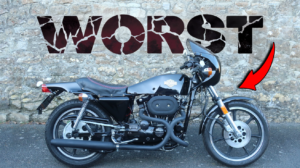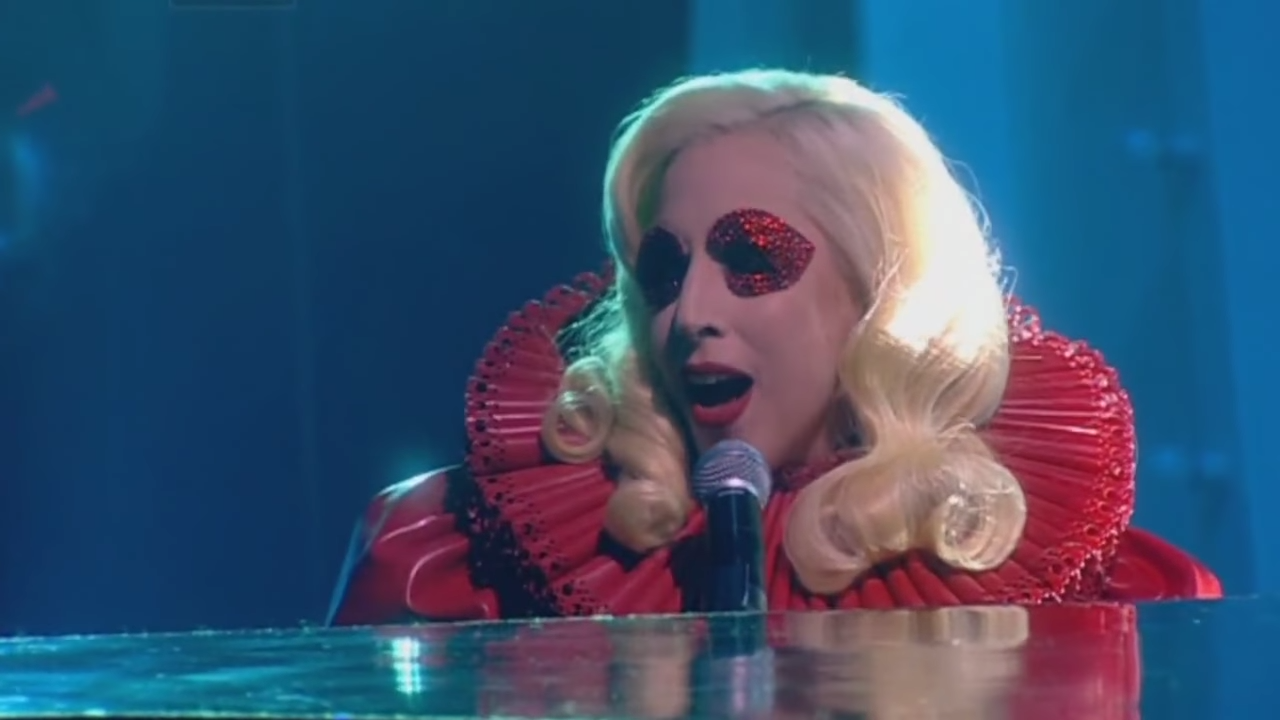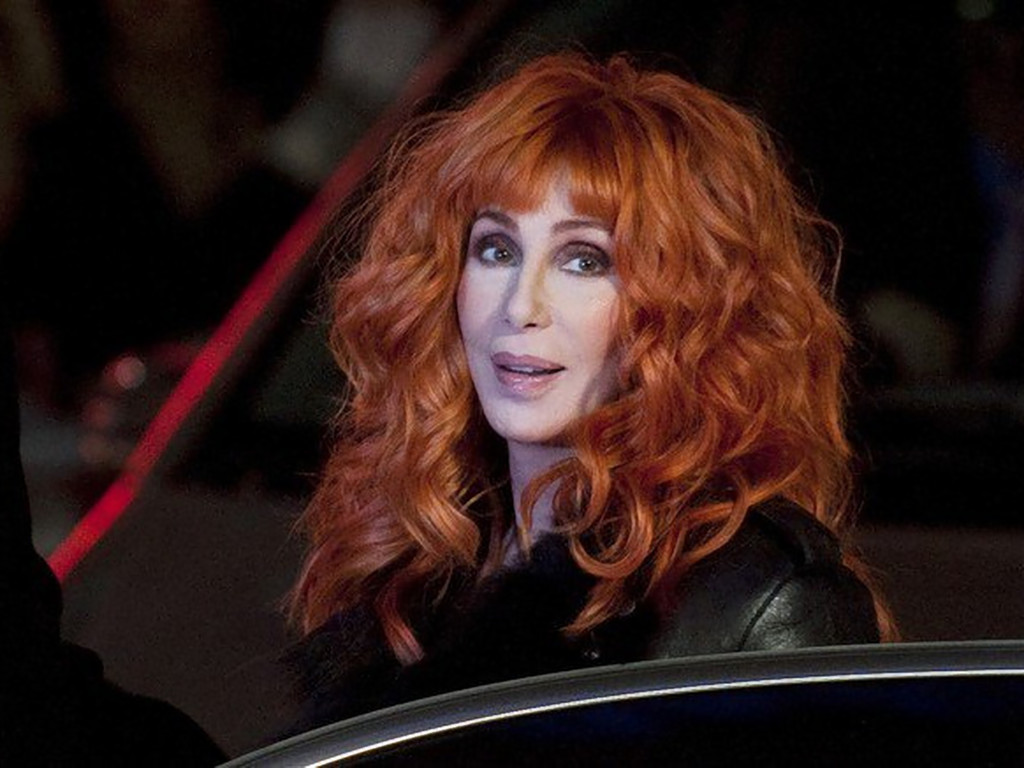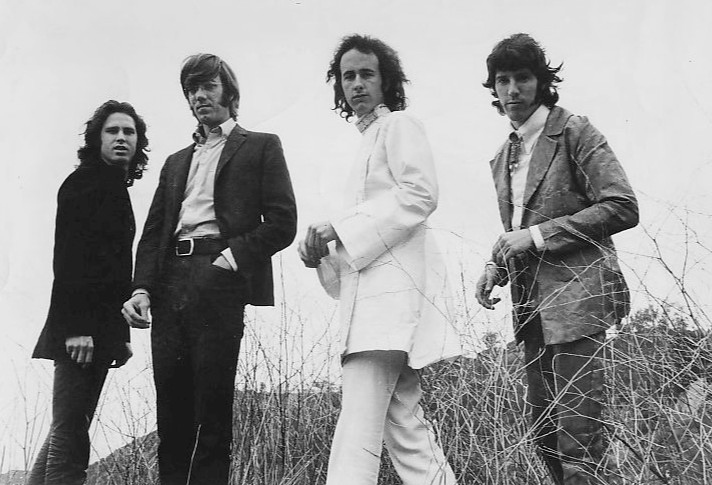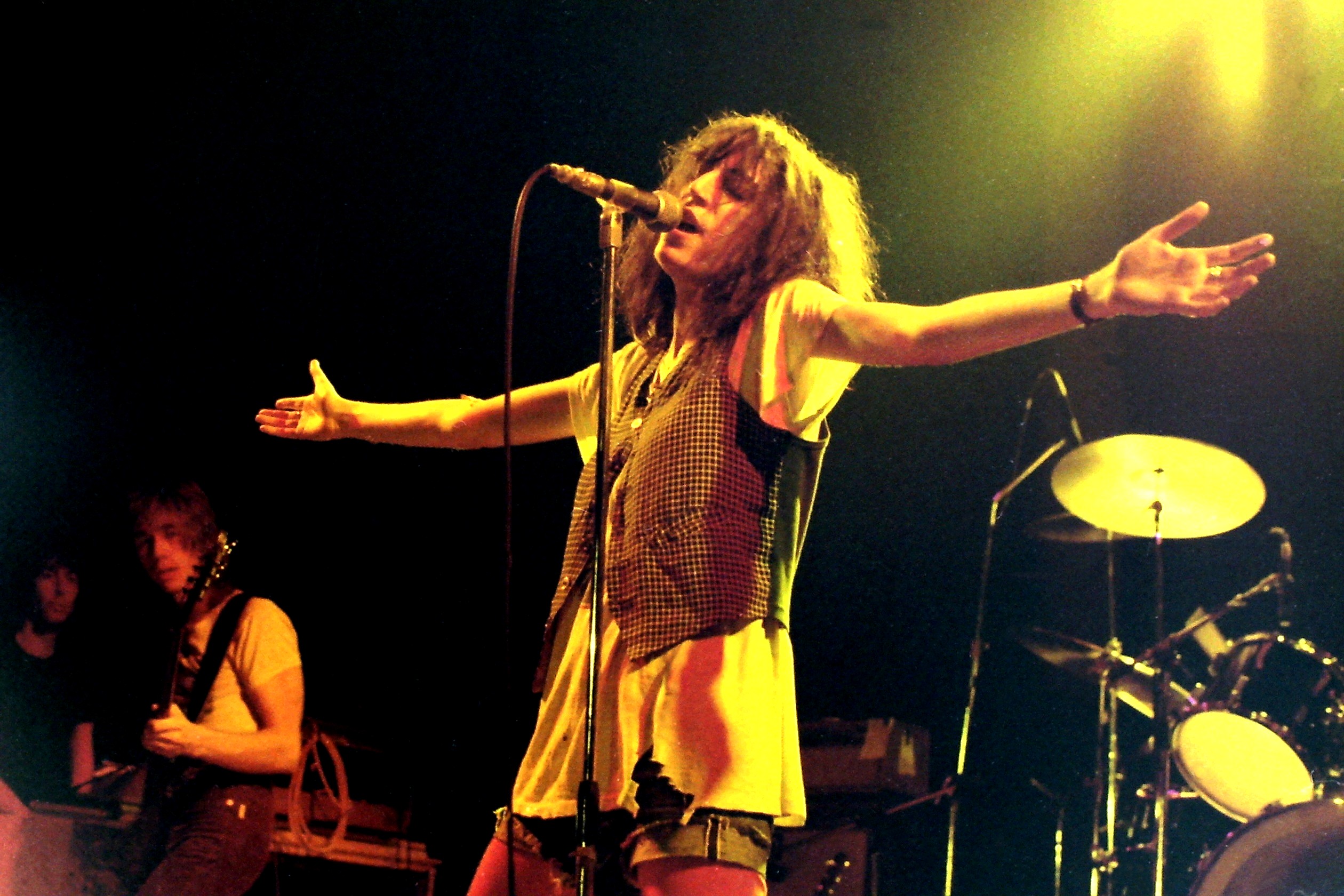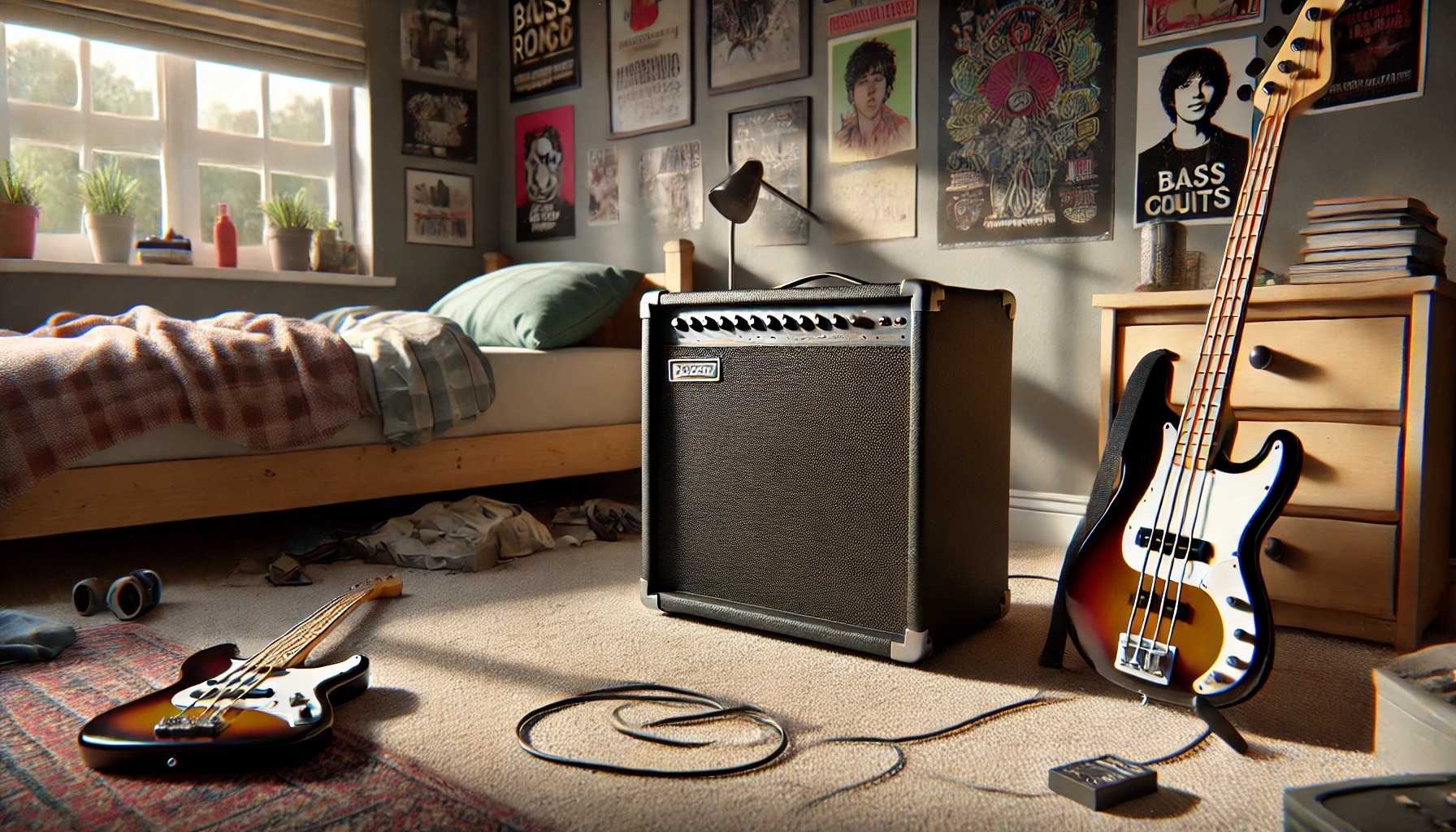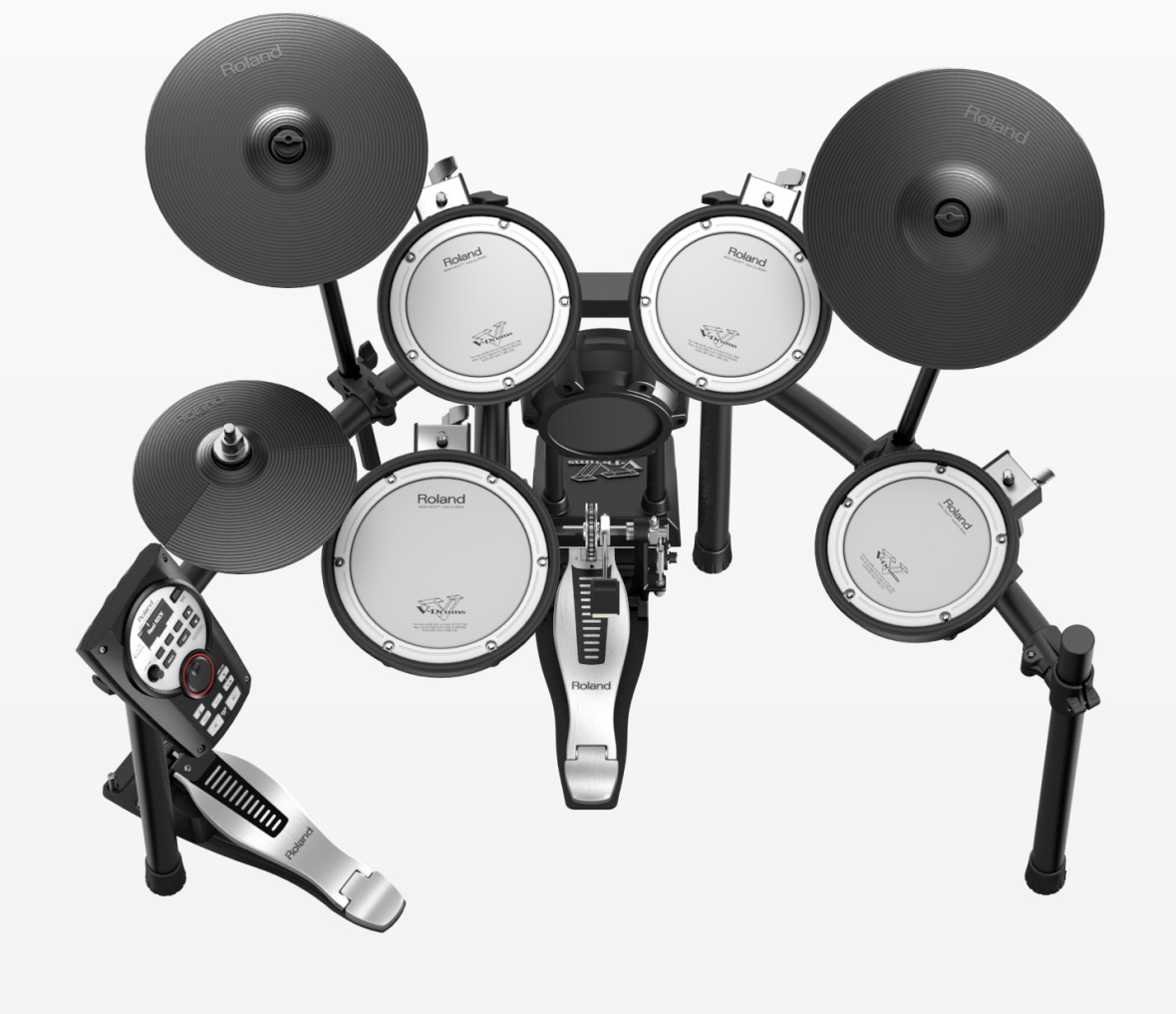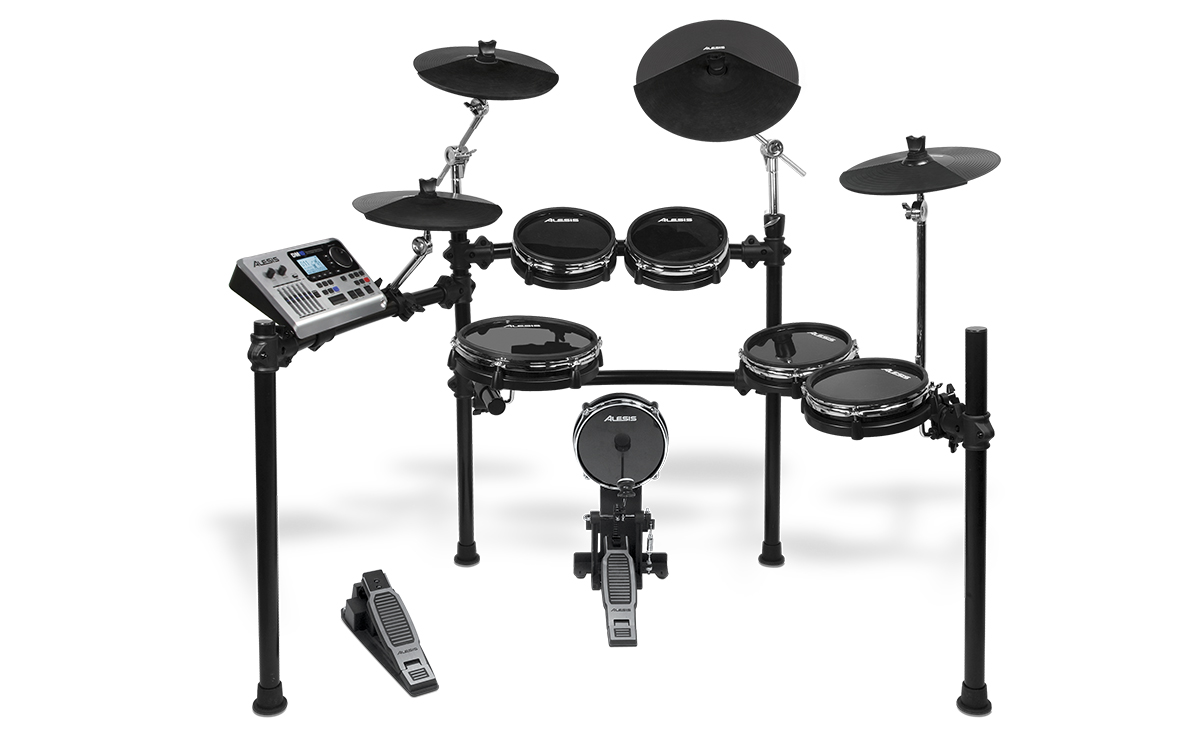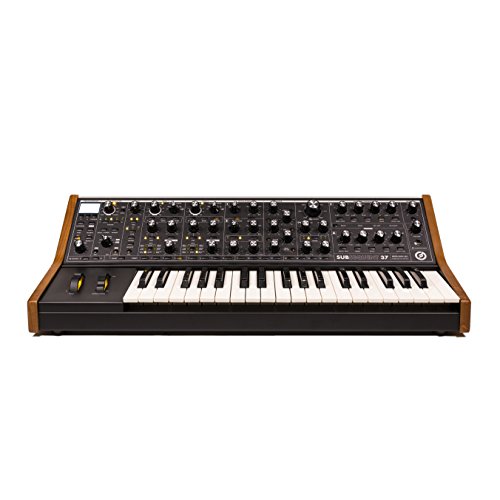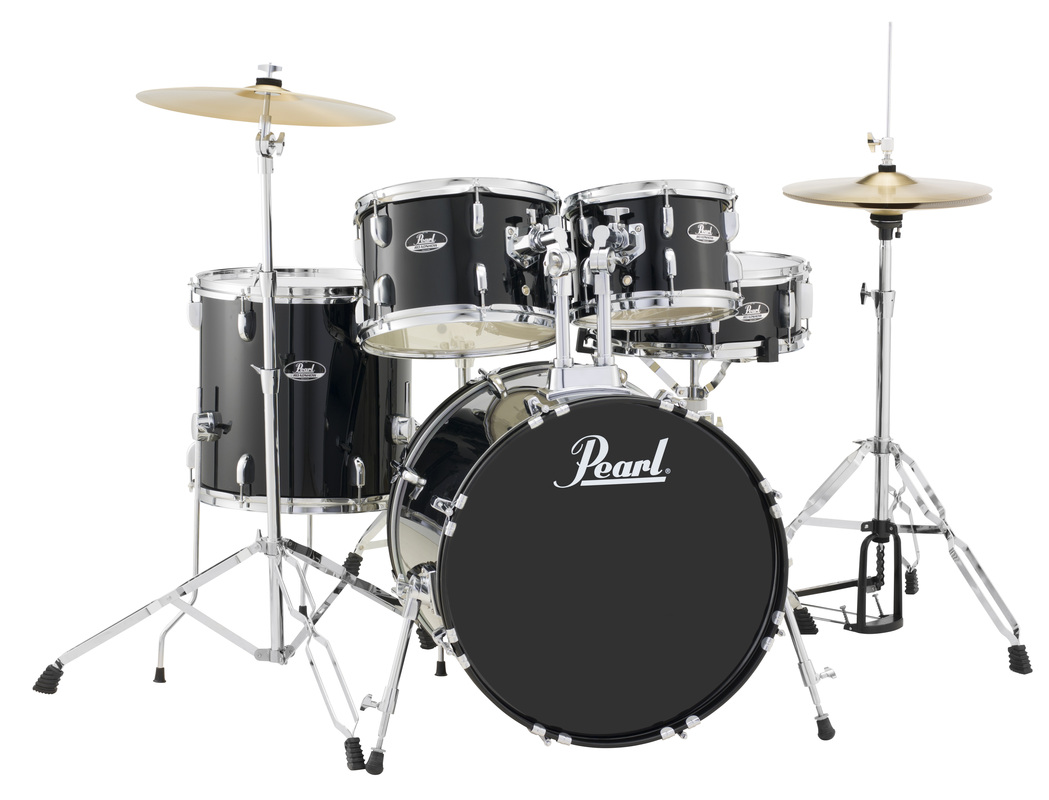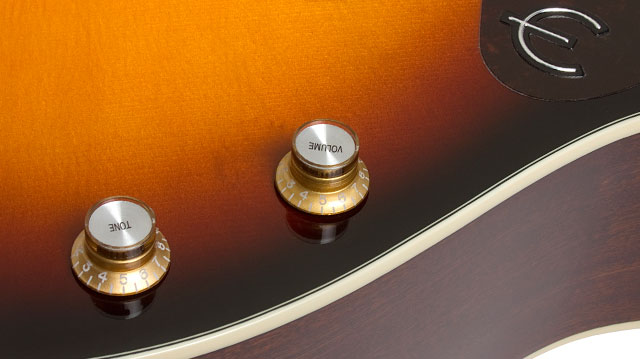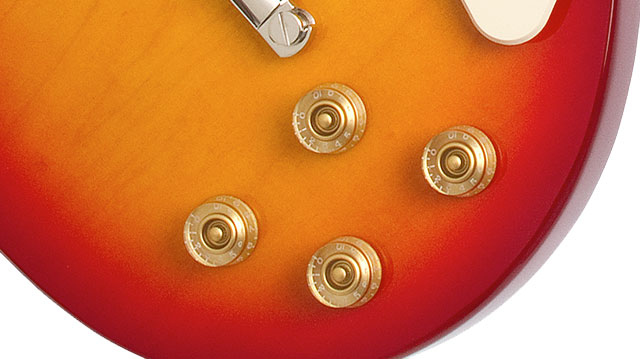
The greatest bands of the 1960s might be the ones you’ve never heard of. Behind The Beatles and Rolling Stones, incredible groups crafted perfect pop songs that topped the charts. The Hollies, The Zombies, and The Turtles created masterpieces that defined the era. Groups like The Tremeloes and The Association pioneered vocal harmonies that seemed magical. Their brief moment of fame captured the spirit of a generation.
Join us as we uncover these lost legends of rock and roll’s golden age.
10. The Turtles

Think your band breakup was messy? The Turtles have a story for you. Kaylan and Volman steered The Crossfires toward pop success in 1965, crafting pristine harmonies that made “It Ain’t Me Babe” hit number eight. Their masterpiece “Happy Together” knocked The Beatles from number one for three weeks in 1967 – no small feat when competing with “Penny Lane.” Legal battles in 1970 left them unable to use their band name, forcing them to become Flo & Eddie – perhaps rock’s first witness protection program participants.
9. The Tremeloes

The Tremeloes mastered the art of the quick turnaround. Their version of “Here Comes My Baby” launched three consecutive international hits in 1967. “Silence Is Golden” topped UK charts and reached number 11 in America that same year. In a studio on Denmark Street that summer, they recorded eight songs in a single day – the kind of efficiency that would make today’s perfectionist producers faint dead away.
8. The Grassroots

The Grassroots proved that sometimes the best bands start as happy accidents. Songwriters Sloan and Barri created them as a studio concept in 1965, probably never expecting their creation to take on a life of its own. Rob Grill’s arrival turned their recording project into a touring powerhouse, generating 14 Top 40 hits. Between 1968 and 1972, they played 300 shows annually – enough gigs to wear out several sets of amplifiers and at least one touring van.
7. The Association

If you think getting four friends to sing “Happy Birthday” in harmony is tough, consider The Association’s challenge. Their rehearsal process demanded 100+ studio hours per album to perfect six-part vocal arrangements – that’s longer than most bands spent recording entire albums. “Cherish” dominated Billboard for three weeks in 1966, followed by equally complex hits “Windy” and “Never My Love.” At the 1967 Monterey Pop Festival, their sophisticated harmonies opened the show while Hendrix closed it – like having Mozart and Lightning share the same stage.
6. Paul Revere & The Raiders

Imagine your favorite band showing up on TV every single day – that’s exactly what Paul Revere & The Raiders did in 1965. Their daily ABC appearances reached over 10 million viewers, while producer Terry Melcher crafted their studio sound. The band scored three number-one hits between 1966 and 1969. You try keeping Revolutionary War costumes pristine through 250 shows in 1967 – their wardrobe team deserved a medal for managing daily television appearances and nonstop touring with just three sets of uniforms.
5. The Hollies

Ever wonder how a band maintains success after losing their secret weapon? The Hollies emerged from Manchester’s beat scene in 1962, crafting harmonies so precise you could tune a piano to them. Their consistent output yielded 30 charting singles between 1963 and 1974, a feat that would exhaust most vocal cords. Graham Gouldman’s “Bus Stop” delivered their international breakthrough in 1966, proving that even songs about rainy Manchester bus stops could capture worldwide imagination. When Graham Nash departed for California’s sunnier shores in December 1968, the band responded with what many consider their finest moment – recording “He Ain’t Heavy, He’s My Brother” in a single-inspired session at Abbey Road.
4. The Zombies

The Zombies proved you didn’t need a massive budget to make a masterpiece. Rod Argent and Colin Blunstone founded the band at St. Albans Grammar School in 1961, probably giving their teachers headaches with corridor harmonies. “She’s Not There” hit number 2 on Billboard in 1964, introducing complex jazz harmonies to British rock. They recorded “Odyssey and Oracle” at Abbey Road for £1,000 in 1967, using the same piano McCartney played on “Penny Lane.” The band had already dissolved by the time “Time of the Season” reached number 3 in 1969, leaving behind an album that cost less than their road manager’s annual salary.
3. The Beau Brummels

Think of them as the band that beat everyone else to being original. While most American groups scrambled to sound British in 1964, the Beau Brummels created something entirely new. Their debut “Laugh, Laugh” reached number 15 on Billboard, defying the British Invasion with its distinctly San Francisco sound. Future Grateful Dead producer Sylvester Stewart shaped their early recordings at Autumn Records, helping craft a sound that bridged folk and rock. Their 1968 album “Bradley’s Barn” pioneered country-rock in a Nashville studio – six months before The Byrds went country, and thousands of miles from their San Francisco roots. Sometimes being first means waiting decades for everyone else to catch up.
2. The Lovin’ Spoonful
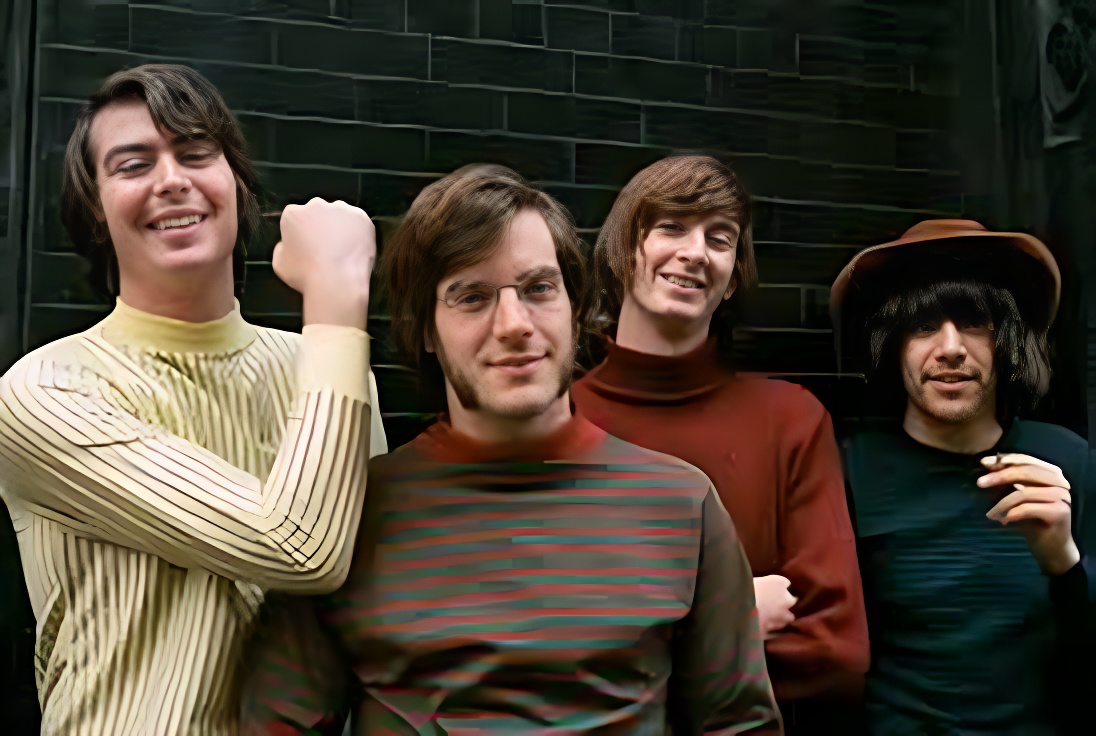
If you’ve ever tried to capture the feeling of a perfect summer day in a song, The Lovin’ Spoonful beat you to it. They crystallized from Greenwich Village’s folk scene in 1965, where the coffeehouses served more inspiration than coffee. John Sebastian’s songwriting drove seven consecutive top 10 hits, blending traditional American styles with contemporary rock arrangements. “Summer in the City” introduced innovative urban sound effects and production techniques in 1966. Yanovsky’s departure in December 1967 splintered the group’s creative chemistry, marking the end of a brief but brilliant era that had produced 13 Top 40 hits in just 28 months.
1. The Yardbirds

Ever wonder what happens when three guitar legends share the same cramped London stage? The Yardbirds emerged from London’s blues scene in 1963. The succession of three legendary guitarists – Clapton, Beck, and Page – marked distinct evolutionary phases in their sound. From blues traditionalist beginnings, they created groundbreaking singles that pioneered controlled feedback and electronic effects. Page took the stage at Luton Technical College in July 1968 for what would be the band’s final show, then spent that autumn rehearsing with a new group called Led Zeppelin in a small London basement.






